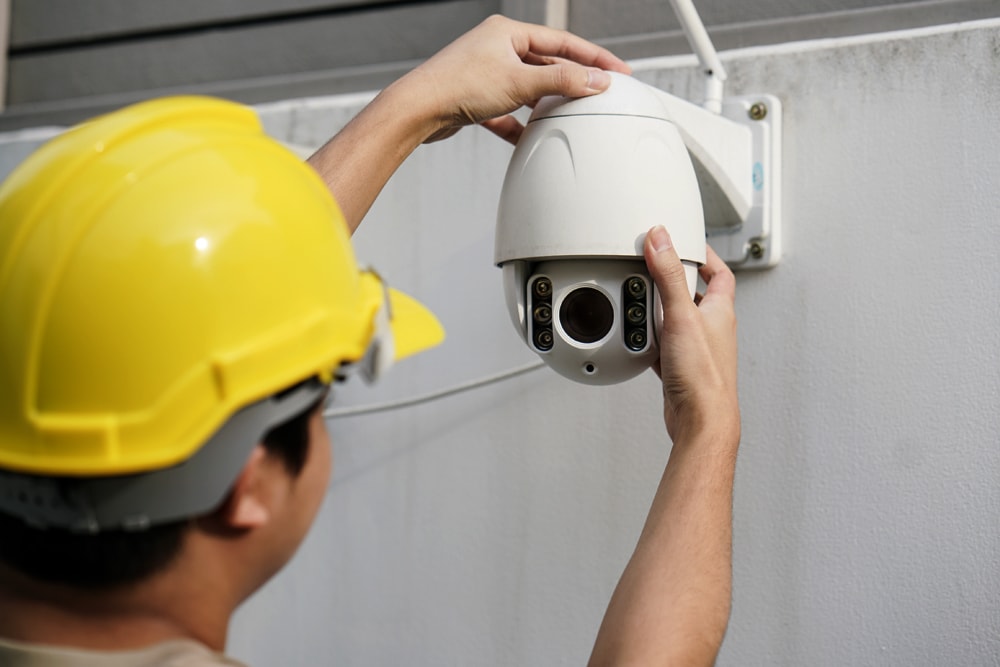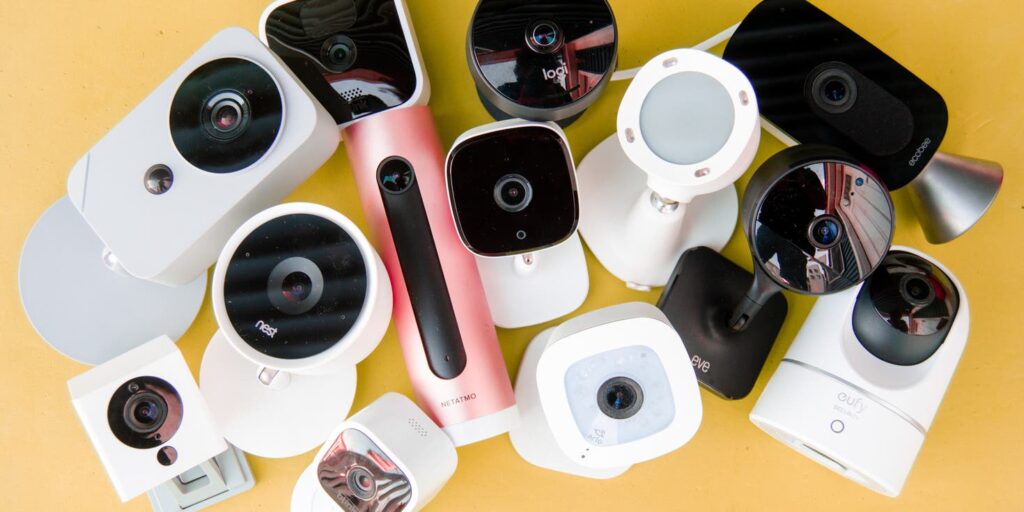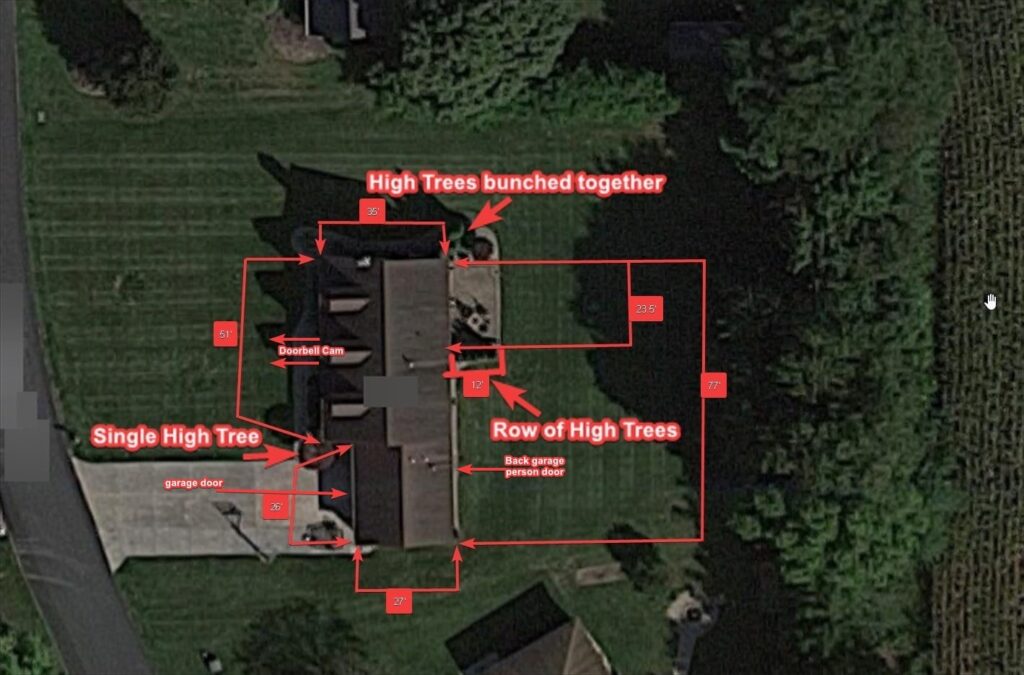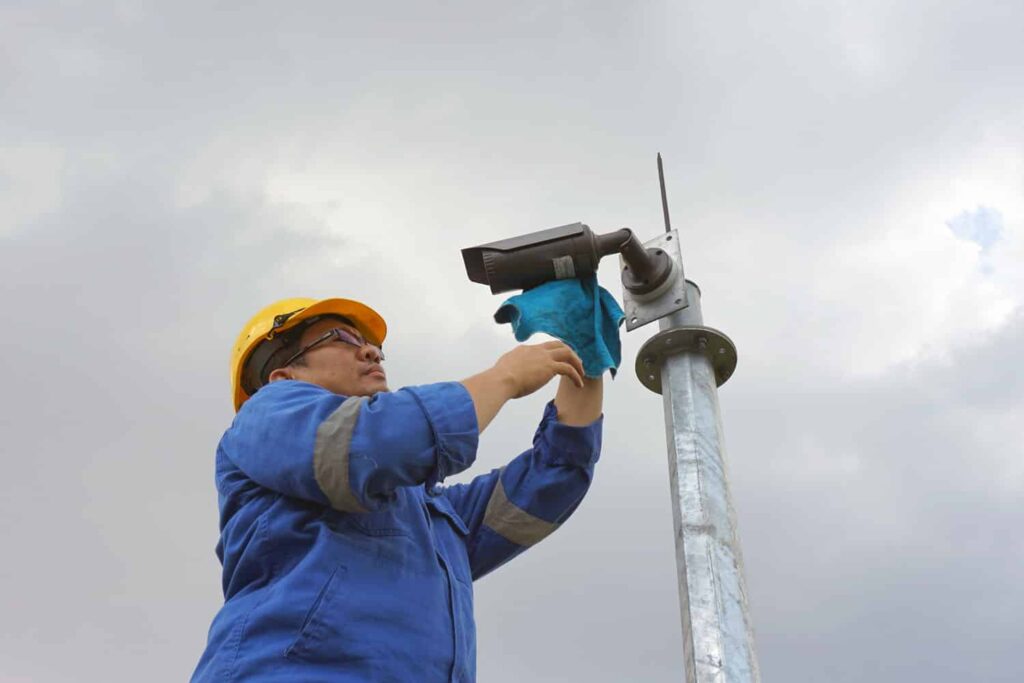In our fast-paced and ever-changing world, prioritizing security is absolutely crucial. Whether it’s safeguarding your home or protecting your business premises, investing in a robust security system is a decision that brings peace of mind. One integral component of any security setup is the installation of security cameras. In this comprehensive guide, we’ll walk you through the steps to ensure a seamless security camera installation process.

Assessing Your Security Needs
Before embarking on the installation process, it’s crucial to assess your specific security requirements. Consider factors such as the size of the area you want to cover, the type of property (residential or commercial), and the level of surveillance needed. This initial step lays the foundation for a tailored security camera setup.

Choosing the Right Camera
Selecting the appropriate security cameras is paramount to achieving optimal results. There is a wide array of options available, ranging from dome cameras for discreet monitoring to bullet cameras for long-range visibility. Additionally, consider features like resolution, night vision capabilities, and weather resistance to ensure your cameras perform optimally in all conditions.
Strategic Camera Placement
Placement plays a pivotal role in the effectiveness of your security system. Identify key areas that require surveillance, such as entrances, high-risk zones, and blind spots. Ensure that cameras are positioned at optimal heights and angles for maximum coverage. This strategic placement minimizes potential gaps in surveillance and enhances overall security.

Ensuring Power Supply
Reliable power supply is crucial for uninterrupted camera operation. Opt for a power source that aligns with your installation location. For outdoor setups, consider weatherproof power outlets or opt for Power over Ethernet (PoE) cameras that draw power through the same cable used for data transmission.
Establishing a Centralized Monitoring System
To fully harness the capabilities of your security cameras, set up a centralized monitoring system. This can be achieved through a dedicated monitor or by utilizing a digital video recorder (DVR) or network video recorder (NVR) for digital storage and remote access. Ensure that your chosen system is compatible with the camera models you’ve selected.
Configuring Motion Detection and Alerts
Customize your security system to alert you of any suspicious activity. Most modern security cameras offer motion detection capabilities, allowing them to send alerts or notifications to your preferred device when triggered. Fine-tune these settings to minimize false alarms while ensuring timely notifications of genuine security concerns.
Securing the Network
In an era of increasing cyber threats, securing the network through which your security cameras operate is paramount. Change default passwords, enable encryption protocols, and regularly update firmware to safeguard against potential vulnerabilities.
Regular Maintenance and Testing
To ensure your security system remains in peak condition, conduct routine maintenance checks. Inspect cameras for any signs of physical damage or tampering. Test functionality, including motion detection, recording, and remote access, to address any issues promptly.

Conclusion
A well-executed security camera installation is the cornerstone of a robust security system. By assessing your specific needs, selecting the right equipment, and following best practices in placement and configuration, you can create a formidable defense against potential security threats.
()
